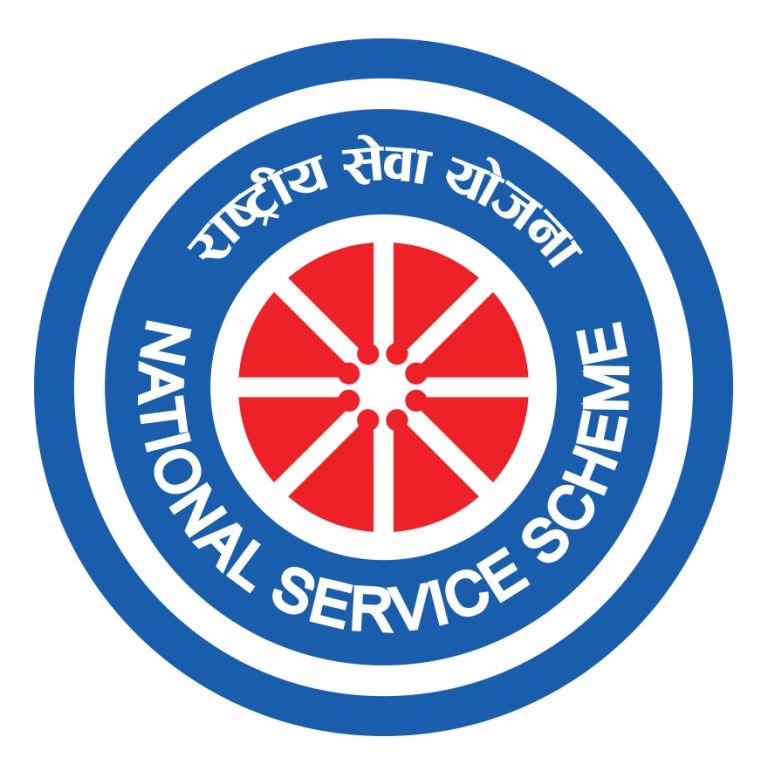| Sr. No. |
Sem No |
Paper No. |
COURSE OUTCOMES |
|
|
|
Name of Paper : Physical Geography |
| 1 |
I |
I |
1. Students will be able to understand the basicc concepts in physical Geography. |
| 2. Students understand the basic terms used to describe physical process and landscape forms. |
| 3. Students understand to atmosphere. |
| 4. Students understand the concept of Maps and Globe. |
| 2 |
II |
II |
Name of Paper : Human Geography |
| 1. Students will be able to understand the basic concepts in Human Geography. |
| 2. Students understand the basic terms used to describe Population, settlements and agriculture. |
| 3. Students understand the concept of Google Earth and Google Map. |
| 3 |
III |
III |
Name of Paper : Soil Geography |
| 1. Students will be able to explain the significance of Soil Geography in various fields, including agriculture, ecology, land use planning, and environmental management. |
| 2. Students will be able to identify and classify soils based on their genetic characteristics and distribution. |
| 3. Student will start up soil test laboratory. |
| 4. Students will be evaluated based on their ability to apply their knowledge of soil properties, classifications, and degradation in practical scenarios. |
| 4 |
III |
IV |
Name of Paper : Resource Geography |
| 1. Students will have a thorough understanding about the distribution, utilization and problems of worldwide major resources. |
| 2. Students will be able to classify of resources based on their characteristics and their worldwide distribution. |
| 3. Student will be able to develop the cartographic skills. |
| 5 |
III |
I (IDS) |
Name of Paper: Concepts of Tourism Geography |
| 1. Students will be recognized the significance of studying tourism geography in tourism planning, development, and management. |
| 2. Analyze characteristics of tourism centers and assess sustainable practices. |
| 3. Improve time management and organizational skills. |
| 6 |
IV |
V |
Name of Paper: Oceanography |
| 1. Students will explain the role of the ocean as a source of food and potential future resources. |
| 2. Students will apply knowledge of causes, effects of ocean pollution and propose solutions. |
| 3. Develop effective communication skills through oral and written presentations of oceanographic topics. |
| 4. Assess the development of critical thinking and problem-solving skills through case studies. |
| 7 |
IV |
VI |
Name of Paper: Agriculture Geography |
| 1. Students will be able to explain the significance of Agricultural Geography in various fields, including agriculture, ecology, land use planning, and environmental management. |
| 2. Students will be able to identify and classify soils based on their genetic characteristics and distribution. |
| 3. V. Student will start up soil test laboratory. |
| 4. III. Students will be evaluated based on their ability to apply their knowledge of soil properties, classifications, and degradation in practical scenarios. |
| 8 |
IV |
II(IDS) |
Name of Paper: Development and Planning of Tourism |
| 1. Identify tourism’s role in the national economy and the process of planning in India. |
| 2. Recognized different types of tourism centers in India and Maharashtra. |
| 3. The students will be able to evaluate tourism’s impact on the economy and apply planning principles. |
| 9 |
V |
VII |
Name of Paper: Evolution of Geographical Thought |
| 1. Studentshouldbeabletounderstandin-depthabouttheEvolutionofGeographical Thought. |
| 2. Students should be able to analyses the recent trends in geography. |
| 3. Student should be able to make use of various models of paradigms and debates in the geographical studies. |
| 4. Understanding of recent trends in geography. |
| 10 |
V |
VIII |
Name of Paper: Geography of India |
| 1. In depth understanding the dimensions and physiography of India. |
| 2. The students are fully aware about the climatic seasons in India. |
| 3. Detailed knowledge about soils, vegetations, drainage systems in India. |
| 4. Understanding an importance of agriculture and industry in Indian economy. |
| 11 |
V |
IX |
Name of Paper: Population Geography |
| 1. This paper would bring an understanding of population geography along with relevance of demographic data. |
| 2. The students would get an understanding of the dynamics of population. |
| 3. An appreciation of the contemporary issues in the field of population studies. |
| 4. An understanding of the implications of population composition in different regions of the world. |
| 12 |
VI |
X |
Name of Paper: Economic Geography |
| 1. In depth understanding about the economic geography. |
| 2. Detailed knowledge about location factors of economic activities with special reference to agriculture and industry. |
| 3. Detailed understanding of the basics concepts related to manufacturing and major manufacturing industries of the world. |
| 4. Understanding of the transport and trade. |
| 13 |
VI |
XI |
Name of Paper: Urban Geography |
| 1. The students were known the importance of urban settlements through urban geography. |
| 2. The students understood the types of Urban Settlements, Site and Situations. |
| 3. The students were familiar with an idea of relationship between human activities and urban development. |
| 4. The students are developed as a good urban planner and environmental conservator. |
| 14 |
VI |
XII |
Name of Paper: Political Geography |
| 1. The students are fully aware about the Political geography as a fundamental branch of Human Geography. |
| 2. The students are familiarized with the basics and fundamental concepts and theories of Political Geography. |
| 3. The students are aware about resource on conflicts and politics of displacement. |
| 15 |
VI |
XIII (Pract) |
Name of Paper: Fundamentals of Map Making and Map Interpretation |
| 1. In depth understanding the map, concept of scale and projection. |
| 2. Detailed knowledge about the analysis of landforms and its identification. |
| 3. The students are deeply aware about basic information to the students about S.O.I. topomaps and I.M.D. weather maps and obtained the skills about map interpretation |
| 4. The students are deeply familiar with different cartographic techniques and methods used for representation of demographic and physio- socio-economic database. |
| 16 |
VI |
XIV (Pract) |
Name of Paper: Advanced Tools, Techniques & Field Work in Geography |
| 1. In depth understanding the importance of field work and advanced Techniques in Geography. |
| 2. The students are trained to implement modern tool and techniques in Geography. |
| 3. Detailed knowledge about the use of computer for analysis of Geographical data. |
| 4. The students are deeply familiar with computer, GIS, GPS and Remote Sensing. |







